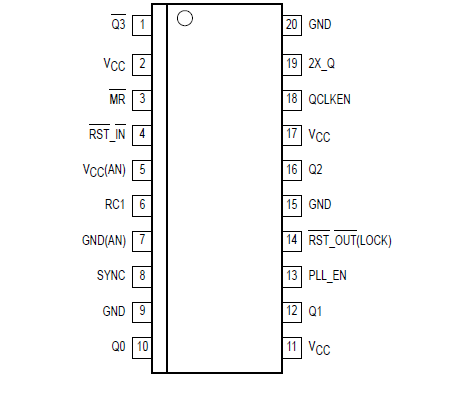MC88LV926: Features: • 2X_Q Output Meets All Requirements of the 50 and 66MHz 68060 Microprocessor PCLK Input Specifications• Low Voltage 3.3V VCC• Three Outputs (Q0Q2) With OutputOutput Skew...
floor Price/Ceiling Price
- Part Number:
- MC88LV926
- Supply Ability:
- 5000
Price Break
- Qty
- 1~5000
- Unit Price
- Negotiable
- Processing time
- 15 Days
SeekIC Buyer Protection PLUS - newly updated for 2013!
- Escrow Protection.
- Guaranteed refunds.
- Secure payments.
- Learn more >>
Month Sales
268 Transactions
Payment Methods
All payment methods are secure and covered by SeekIC Buyer Protection PLUS.

 MC88LV926 Data Sheet
MC88LV926 Data Sheet







